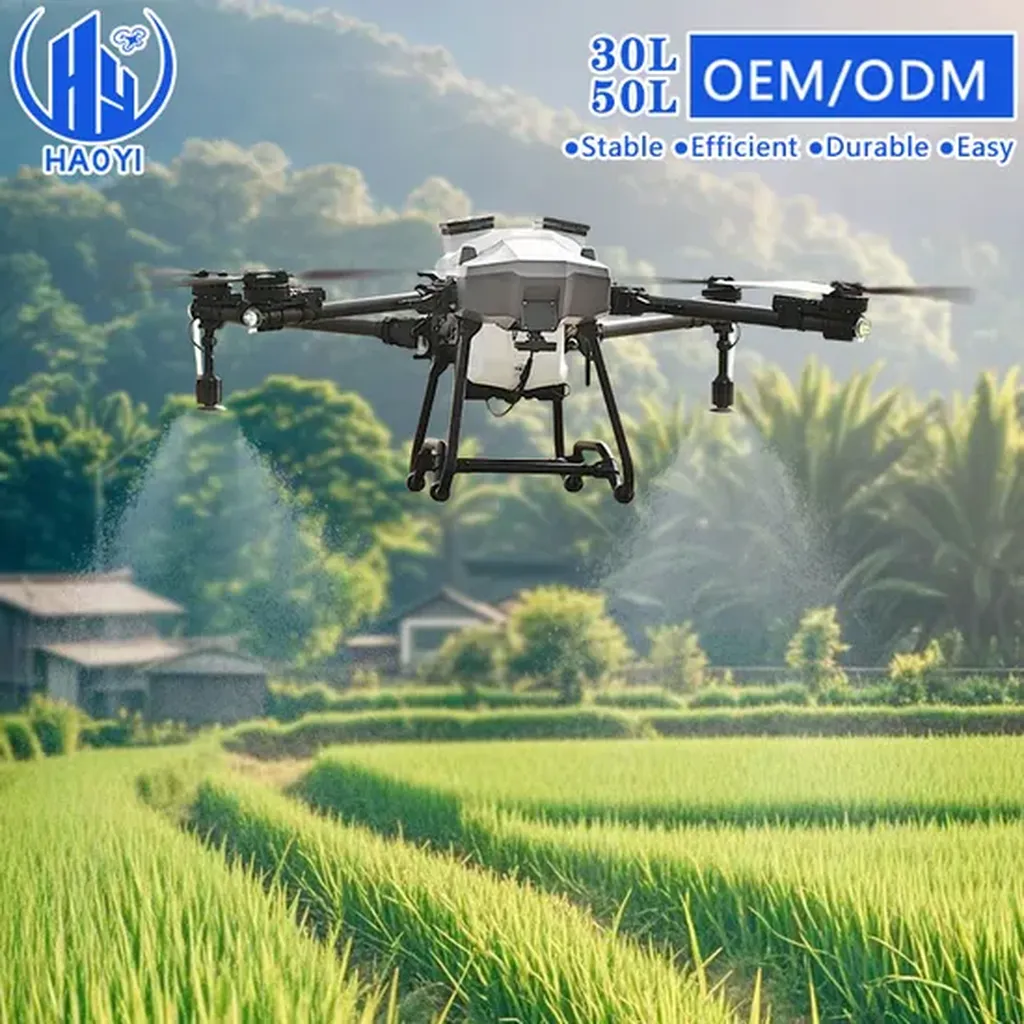In the heart of China’s agricultural innovation, a groundbreaking study led by Wen Li from the College of Mechanical and Electrical Engineering at Hunan Agricultural University is reshaping the future of sustainable crop protection. Published in the esteemed journal *Scientific Reports* (translated to English as *Scientific Reports*), this research delves into the intricate world of precision pesticide application, offering a beacon of hope for the energy sector and beyond.
The study, titled “A sustainable crop protection through integrated technologies: UAV-based detection, real-time pesticide mixing, and adaptive spraying,” presents a unified Perception-Decision-Execution (PDE) framework. This framework integrates UAV-based detection, real-time pesticide mixing, and adaptive variable-rate spraying, creating a closed-loop system that promises to revolutionize sustainable agriculture.
Wen Li and his team systematically reviewed 168 core publications from 2013 to 2024, providing a comprehensive analysis of the synergistic interactions and systemic bottlenecks across all three layers of the PDE framework. Their findings are nothing short of transformative. “UAV-deep learning systems achieve pest identification accuracy rates of 89–94%,” Li explains, “but this significantly declines to 60–70% under strong light or occlusion conditions.” This variability underscores the need for robust, adaptable technologies that can perform under diverse environmental conditions.
The study also highlights the potential of real-time mixing systems, which attain a mixing homogeneity coefficient (γ) greater than 85% for liquid pesticides. However, for suspension concentrates (SCs), γ decreases to 70–75% due to particle sedimentation effects. “This discrepancy underscores the need for further optimization in mixer structures,” Li notes, suggesting that computational fluid dynamics (CFD) simulations could play a pivotal role in enhancing mixing homogeneity.
One of the most compelling aspects of this research is its potential impact on the energy sector. By reducing pesticide usage by 30–50% and off-target drift by more than 30%, the integrated technology not only minimizes environmental impact but also offers a practical framework for achieving on-demand application. This efficiency could translate into significant energy savings, as reduced pesticide usage and targeted application decrease the overall energy required for production and distribution.
Despite the promising findings, the study acknowledges several challenges in large-scale applications, including perception degradation under environmental disturbances, limitations in algorithm generalization, poor pesticide formulation adaptability in mixing, and system coordination issues. To overcome these barriers, the review proposes interdisciplinary solutions, such as deploying lightweight edge devices and pruned neural networks to address decision-making delays and enhance real-time responsiveness.
The research also suggests optimizing mixer structures based on CFD simulations to reduce dead zones and improve mixing homogeneity for SCs. Additionally, integrating multi-sensor technology for drift compensation could enhance UAV spraying stability, further advancing the closed-loop framework’s potential.
As we look to the future, this research holds significant promise for shaping the trajectory of sustainable smart agriculture. By integrating and optimizing key technologies, the closed-loop framework could markedly improve pesticide utilization efficiency, minimize environmental impact, and offer a practical framework for achieving on-demand application. This innovation not only benefits the agricultural sector but also has far-reaching implications for the energy sector, paving the way for a more sustainable and efficient future.
In the words of Wen Li, “This integrated technology faces challenges in large-scale applications, but by addressing these barriers, we can unlock its full potential and revolutionize sustainable crop protection.” As we stand on the cusp of a new era in agriculture, this research serves as a testament to the power of innovation and the promise of a more sustainable future.

